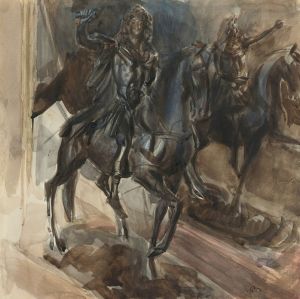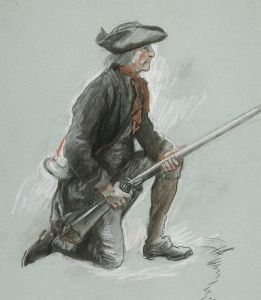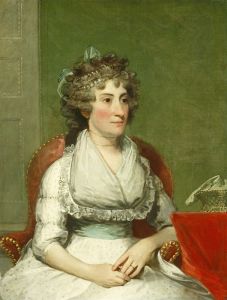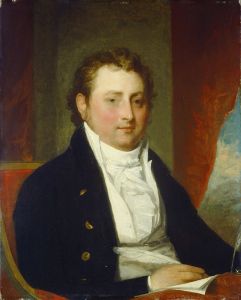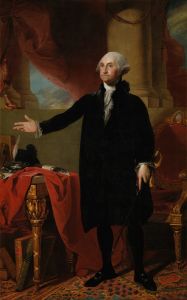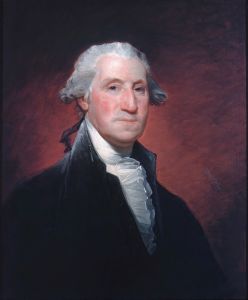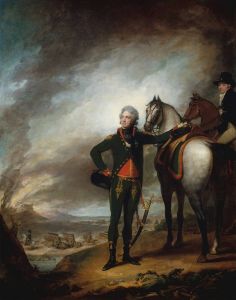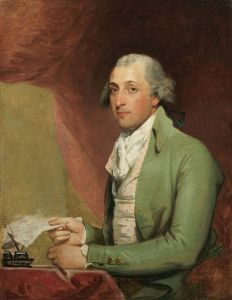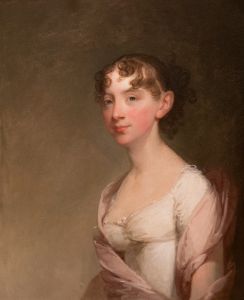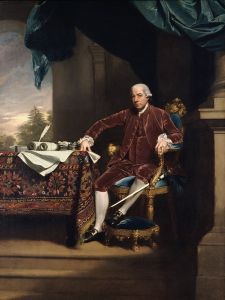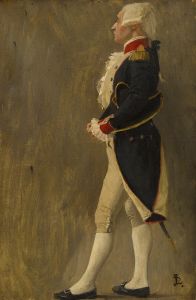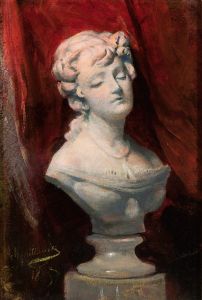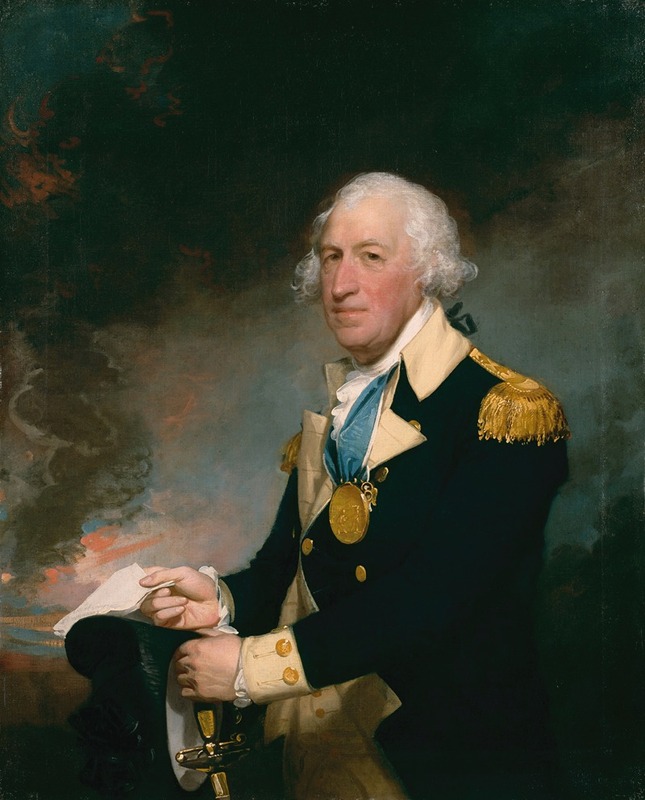
Horatio Gates
A hand-painted replica of Gilbert Stuart’s masterpiece Horatio Gates, meticulously crafted by professional artists to capture the true essence of the original. Each piece is created with museum-quality canvas and rare mineral pigments, carefully painted by experienced artists with delicate brushstrokes and rich, layered colors to perfectly recreate the texture of the original artwork. Unlike machine-printed reproductions, this hand-painted version brings the painting to life, infused with the artist’s emotions and skill in every stroke. Whether for personal collection or home decoration, it instantly elevates the artistic atmosphere of any space.
Gilbert Stuart, an eminent American portraitist, is renowned for his depictions of prominent figures during the late 18th and early 19th centuries. One of his notable works is the portrait of Horatio Gates, a significant military figure in American history. Horatio Gates was a British-born American general who played a pivotal role during the American Revolutionary War. He is best known for his victory at the Battle of Saratoga, which was a turning point in the war, leading to French support for the American cause.
The portrait of Horatio Gates by Gilbert Stuart is a testament to Stuart's skill in capturing the likeness and character of his subjects. While specific details about the creation date of this particular portrait are not widely documented, it is known that Stuart was active in painting portraits of American leaders and influential figures during the late 1700s and early 1800s. His work was highly sought after, and he became one of the most celebrated portraitists of his time.
Stuart's portrait of Gates is characterized by its attention to detail and the lifelike representation of the general. The painting typically depicts Gates in military attire, reflecting his status and achievements. Stuart's ability to convey the personality and stature of his subjects is evident in this work, as it is in many of his other portraits. The use of light and shadow, as well as the realistic rendering of textures, are hallmarks of Stuart's style, contributing to the enduring appeal of his portraits.
Horatio Gates, the subject of the portrait, was born in 1727 in Maldon, Essex, England. He served in the British Army before emigrating to the American colonies. During the Revolutionary War, Gates was appointed as a major general in the Continental Army. His leadership at the Battle of Saratoga in 1777 was instrumental in securing a decisive victory against British forces, which significantly boosted American morale and helped to secure international support.
Despite his military successes, Gates's career was not without controversy. He was involved in the Conway Cabal, a political intrigue that sought to replace General George Washington with Gates as the commander-in-chief of the Continental Army. However, this effort ultimately failed, and Washington retained his command. Gates's later military career was marred by the defeat at the Battle of Camden in 1780, after which he was relieved of his command.
Gilbert Stuart's portrait of Horatio Gates serves as a historical artifact, capturing the visage of a complex and influential figure in American history. The painting not only reflects Stuart's artistic prowess but also provides insight into the era's cultural and political landscape. Stuart's portraits, including that of Horatio Gates, continue to be valued for their historical significance and artistic merit, offering a window into the lives of the individuals who shaped the early United States.





